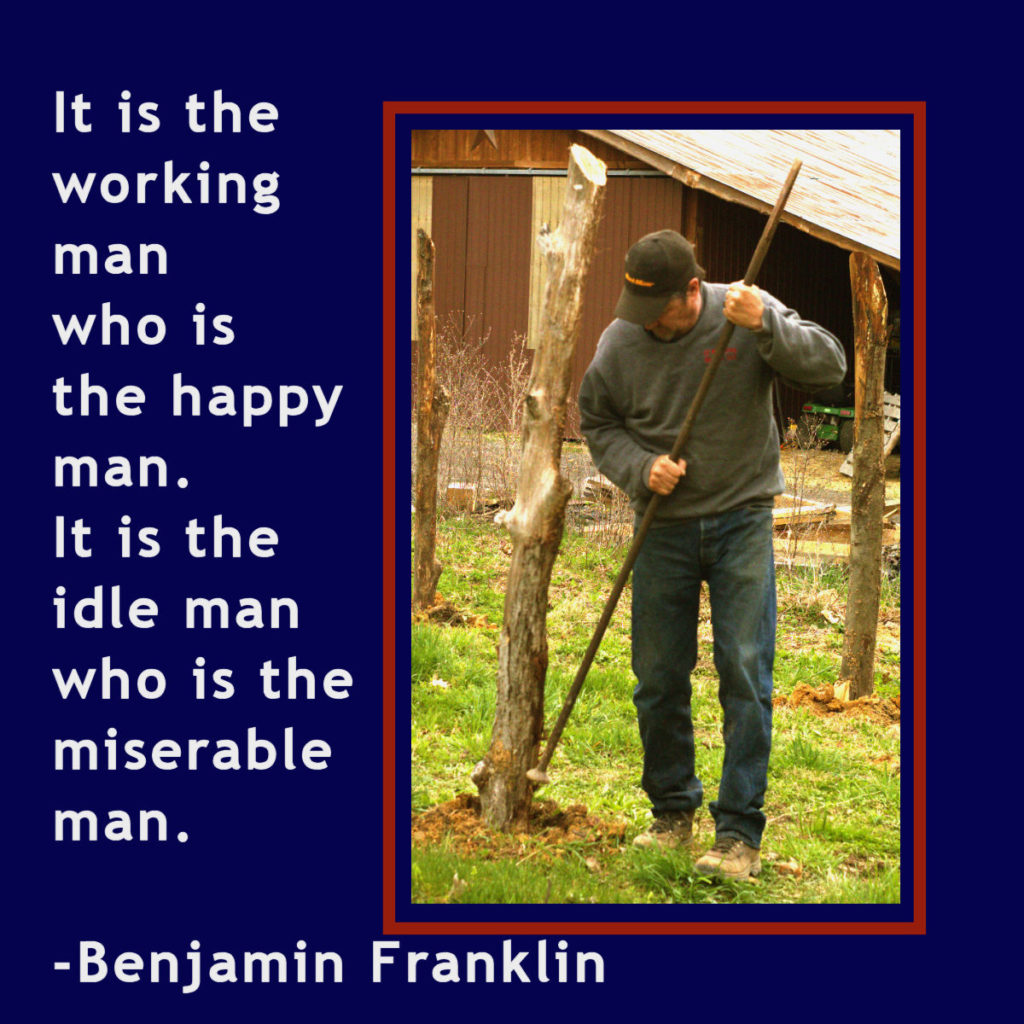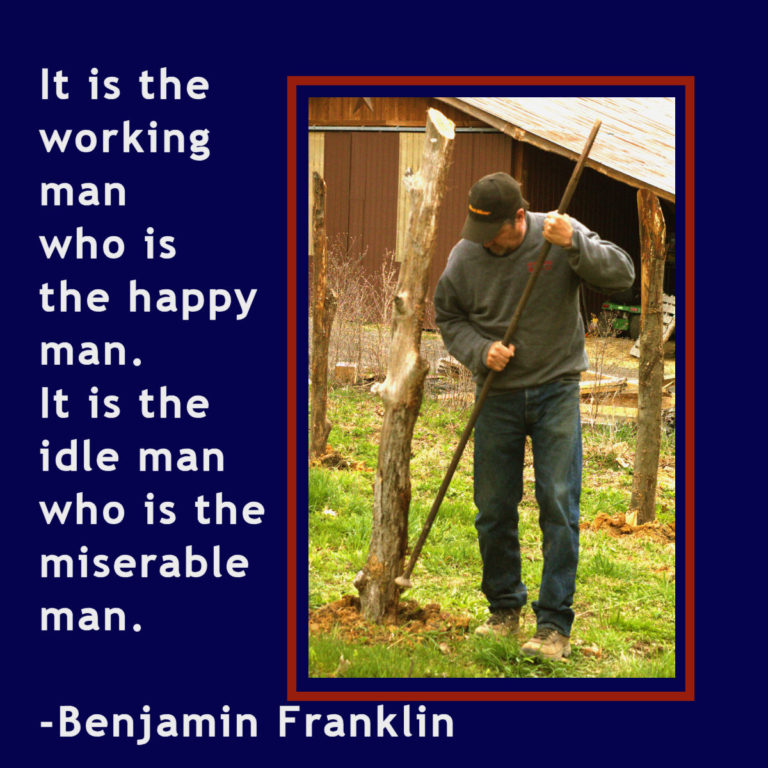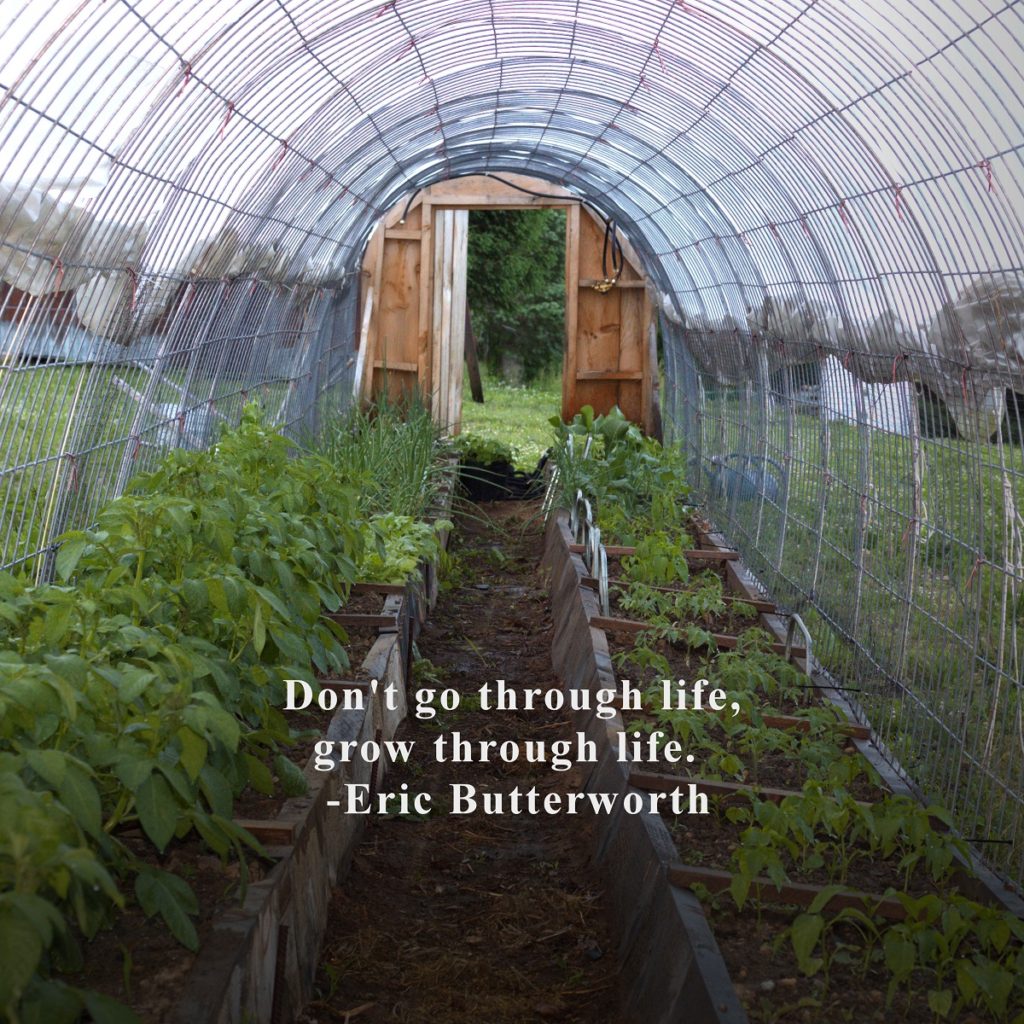Homestead Happenings
This is the homestead blog. We strive for self sufficiency and self reliance at the homestead while embracing everything farm and forest. Livestock, gardening, food preservation, fiber production, DIY, and traditional arts and crafts can be found at this blog.





